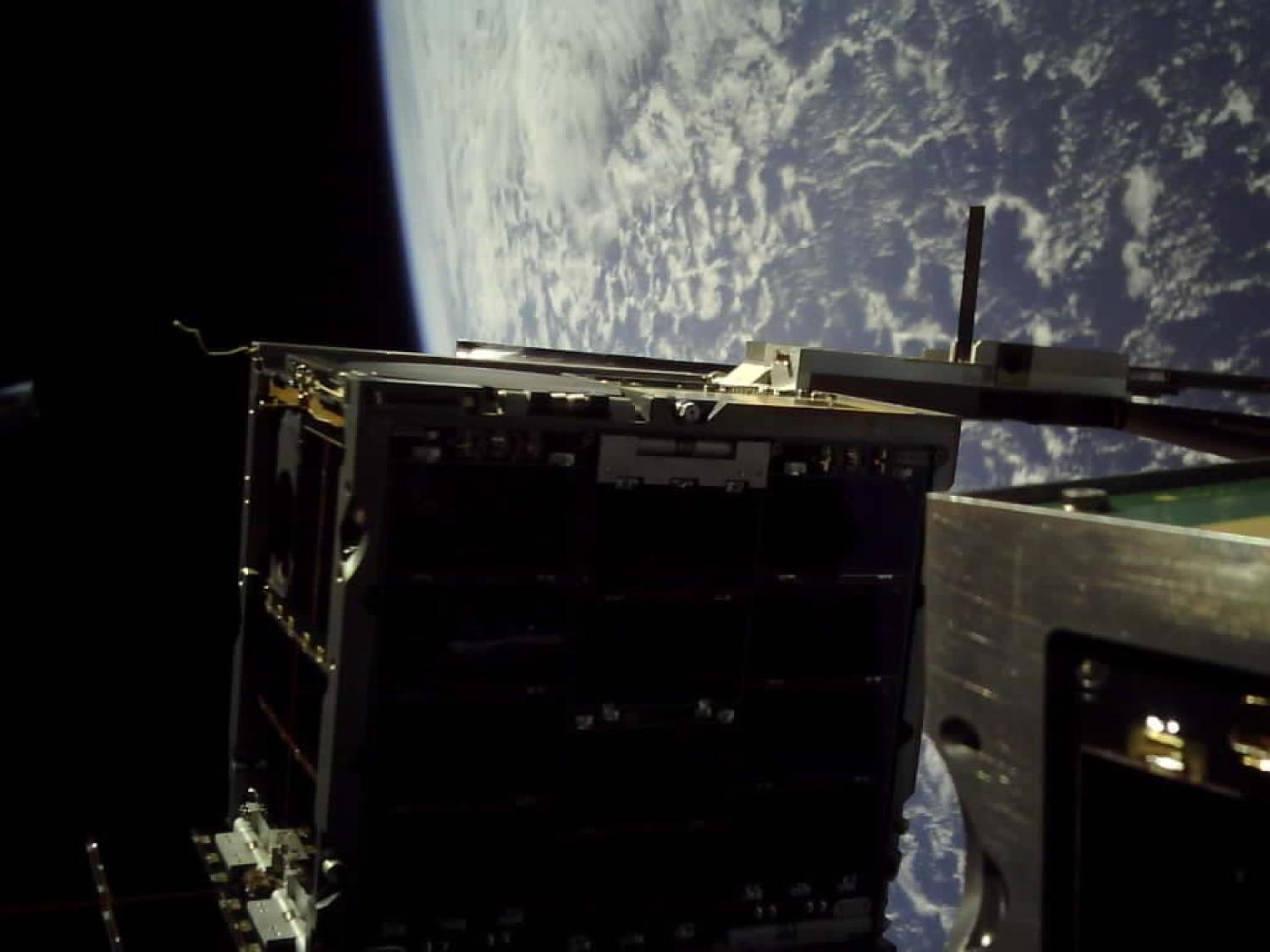Following the December meeting of AUKUS Defence Ministers, advanced space radar capabilities have emerged as a key feature of AUKUS Pillar II (pillar I relates to nuclear-powered submarines; pillar II to the joint development and delivery of advanced military capabilities including hypersonic weapons, drones and cyber).
Governments depend on satellites to rapidly collect and disseminate information to support military operations and national security. The loss or disruption of these capabilities has far-reaching implications. Governments with "space domain awareness" (SDA) have the capability to swiftly predict, detect, track and characterise threats to their space systems. This includes the ability to distinguish between deliberate threats and innocent or naturally occurring events such as orbital debris collisions. A robust system for the surveillance of outer space, including through the use of space-based radar, is vital to national security.
The focus on strengthening SDA networks is partly in response to the increased investment in space capabilities by China and Russia, particularly the reconnaissance and intelligence gathering capabilities of Chinese satellites. In its 2023 Annual Threat Assessment of the US Intelligence Community report, the United States Office of the Director of National Intelligence highlighted that Russian and Chinese space capabilities were key threats to national security. China's military, it says, “will continue to integrate space services – such as satellite reconnaissance and positioning, navigation, and timing – and satellite communications into its weapons and command-and-control systems in an effort to erode the US military’s information advantage.”
China has invested significantly in its sovereign SDA capabilities, establishing a network of military and civilian space surveillance sensors capable of providing detailed intelligence data. In September last year, China’s People’s Liberation Army established new facilities known as Base 37 to improve its ability to track foreign space objects and bolster China’s missile early warning alerts. On the civilian side, the China-led Asia-Pacific Space Cooperation Organization (APSCO) oversees the space surveillance project known as the Asia-Pacific Ground-Based Optical Space Object Observation System, as well as the Data Sharing Service Platform, which provides for SDA data sharing among APSCO members. With its data centre located in Beijing, and telescopes and ground stations located across APSCO member states in Asia and South America, China has almost full coverage of low-Earth orbit and geostationary orbit satellites.
Russia also has a robust space surveillance network and is continuing to bolster its sovereign capabilities. As part of a situational awareness program known as "Milky Way", Russia plans a network of 65 ground-based optical telescopes by 2025, surveillance from Earth observation satellites, and a space surveillance satellite to be launched in 2027.
The United States has been active in creating networks with its allies to enhance its SDA, signing over 170 non-binding space data sharing agreements with various governments, commercial entities, academic and non-government organisations. Its Space Surveillance Network is made up of more than 30 ground-based radars and optical telescopes around the world, and satellites in orbit. Still, US SPACECOM’s Director of Operations, Training and Force Development has highlighted the need to close satellite tracking gaps, calling for the development of an orbital map with real-time data on space objects to enable a coherent command, control and communications system.
For the last three years, the Australian government has been open about the need to build its sovereign space capabilities, launching the over-arching SDA project JP9360 in 2020 (which consolidated and replaced a number of individual SDA projects). Recently, the government has started exploring the feasibility of a space-based Data Transport and Relay Network (DTRN), envisioned as a flexible network in space. Defence is also finalising a contract with Lockheed Martin to deliver Australia’s first “sovereign-controlled” military satellite communication constellation under the JP9102 project. However, the Australian space industry was left questioning the Albanese government's commitment to the growth of sovereign space capabilities with space spending cut by $1.2 billion in the 2023 budget.
The Australian and United States governments are working together on SDA. US SPACECOM and the Australian Defence Space Command recently signed an Enhanced Space Cooperation MoU agreeing to deeper military cooperation. In September 2023, the Australian Defence Space Command joined the US-led Joint Task Force-Space Defence Commercial Operations Cell. Under Pillar II of AUKUS, the US and Australia are also collaborating on the US Deep-Space Advanced Radar Capability project designed to provide continuous global monitoring of geosynchronous orbits. Discussions involve the placement of a radar system in Western Australia, which will be operational by 2026.
Once SDA data are collected, the use of that data by the military becomes the next thorny issue. The absence of widely accepted legal norms for responsible behaviour in space increases the risks of misinterpretation, escalation and conflict. The principles in international space law agreements are broad and general, but as space technology races forward, the need for legal clarity becomes more critical.
Thorny legal issues include the onus on states to share with other states data on tracked objects that orbit the Earth; state responsibility and legal rights to safeguard commercial space operators where their technology is used for military purposes, such as in Ukraine; laws to ensure the operational safety of military space objects (such as the creation of safety zones); and the legal threshold for military interference, intervention, counter-measures and use of force in outer space.
Given the expansion of space as a military domain, with the potential for space assets to be military targets, the need for an effective SDA system is critical. Pillar II of AUKUS provides a pathway for the acceleration of shared space capabilities between the US, UK and Australia. The Australian government should look to leverage commercial SDA technology to complement Defence capabilities and to mitigate capability gaps. It is critical for Australia to continue to develop SDA capabilities and alliances – the power of awareness in military space surveillance should not be underestimated.

